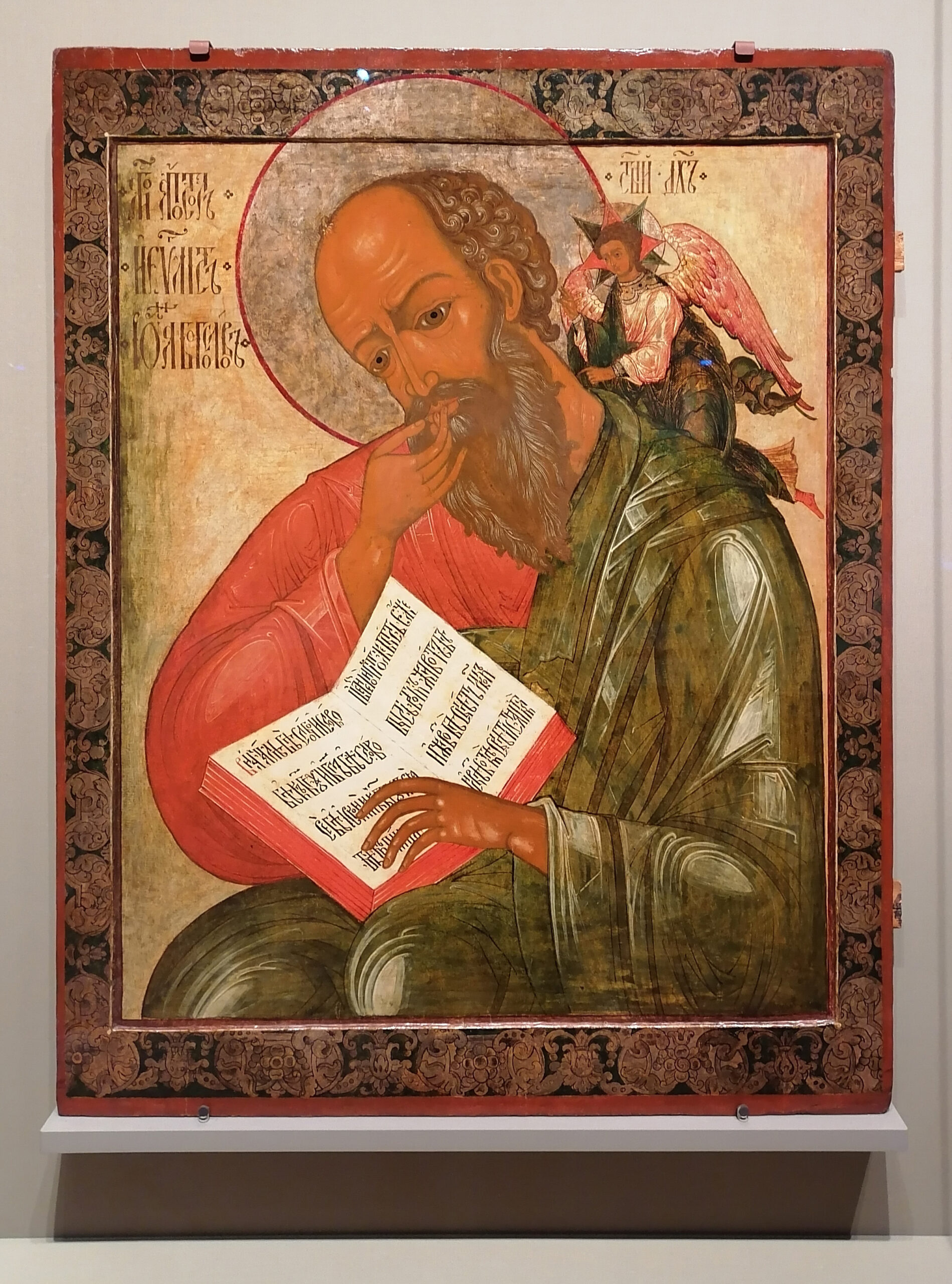The angel cried out to the one full of Grace: “Hail! Holy Virgin and again I say, Hail! Your Son has risen from the tomb on the third day.”
Shine, shine, the New Jerusalem! For the glory of the Lord has dawned upon You. Rejoice now and be glad O Zion; and You, O all-pure Theotokos, delight in the Resurrection of Him, to Whom you gave birth.
~Ninth Ode, Paschal Canon, Trans. by Fr. George Papadeas
—
Great is the Lord and greatly to be praised, in the city of our God! His holy mountain, beautiful in elevation, is the joy of all the earth, Mount Zion, in the far north, the city of the great King. Within her citadels God has shown Himself a sure defense.
Psalm 48:1-3
Then I saw a new heaven and a new earth; for the first heaven and the first earth had passed away, and the sea was no more. And I saw the holy city, New Jerusalem, coming down out of heaven from God, prepared as a bride adorned for her husband; and I heard a loud voice from the throne saying, “Behold, the dwelling of God is with men. He will dwell with them, and they shall be His people; and God Himself will be with them; He will wipe away every tear from their eyes, and death shall be no more, neither shall there be mourning nor crying nor pain any more, for the former things have passed away.”
Revelation 21:1-4
Christ is Risen!
Let us begin the discussion with a definition of terms. We know that Jerusalem is the Holy City of God. This is where the temple was built by Solomon. It is the place where the Ark of the Covenant rested. Jerusalem is called the “The Holy City,” and sometimes “The Queen City.” People made pilgrimages to Jerusalem three times a year—for the Passover, for the Feast of the Tabernacles, and the Feast of Booths. The Temple Mount, the place where the temple was built, was on a hill called Mount Zion. Thus, Jerusalem is the Holy City, and Mount Zion is the holiest place in the Holy City.
The “New Jerusalem” is referenced in the Book of Revelation as a new creation. In the next reflection, we will discuss Christ as the “New Adam.” The purpose of Christ coming into the world was to balance the equation of man being like God and creation being like heaven, that was disrupted and became unbalanced at the Fall of man.
Obviously, Pascha has a feeling of “newness.” We receive the Light of Christ, and all things are supposed to begin anew. (That will be discussed further in an upcoming reflection.) Thus, the hymn “The Angel Cried” (In Greek, “O Angelos Evoa”) references the New Jerusalem. In singing “Shine, shine, the New Jerusalem! For the glory of the Lord has dawned upon You,” we are essentially saying “Shine, shine, the New Creation, for the glory of the Lord has dawned upon You.” In other words, WE are the “new creation,” now reborn through the Resurrection of Christ. And all of us, whether we are the greatest saint or the greatest sinner, should shine in the light of the Resurrected Christ, and should rejoice that the glory of the Lord has dawned on us. Sit with that thought for a minute—the GLORY OF THE LORD has dawned on YOU! Because you are not to see yourself as a broken creature, but a new creation.
The hymn “The Angel Cried,” is chanted throughout the Paschal season, as both the Ninth Ode of Orthros and the “Magnificat” of the Divine Liturgy. The Ninth Ode and the Magnificat are generally reserved to honor the Virgin Mary. We know that the angel delivered the good news of the Annunciation to the Virgin Mary, when he said that she would bear the Son of God within her. We know that it was also an angel who delivered the glad tidings to the women (presumably including the Virgin Mary) that Jesus had risen from the tomb on the third day. Thus, while the hymn says, “Rejoice now and be glad of Zion,” it also directs the invitation to joy to the greatest of all of us, the Virgin Mary. We, the holy people of God, rejoice in the Resurrection of Christ our Savior, while the Virgin Mary has the extra joy in the Resurrection of her Son.
As we bask in the glory of the Resurrection, we are to take on the identity of the New Jerusalem. We should not slink back into old habits, nor should we carry old guilts. Rather, we should rejoice in God’s forgiveness and move forward with hope and also with purpose.
This is the chosen and Holy Day, the first of the Sabbaths, the Queen and Sovereign, the Feast of Feasts and the Festival of Festivals, in which we bless Christ to all ages. (Eighth Ode, Paschal Canon, Trans. by Fr. George Papadeas)
Let us SHINE like the New Jerusalem, the New Creation, that Christ intends for us to be, the newly restored Creation made possible through His Resurrection!

